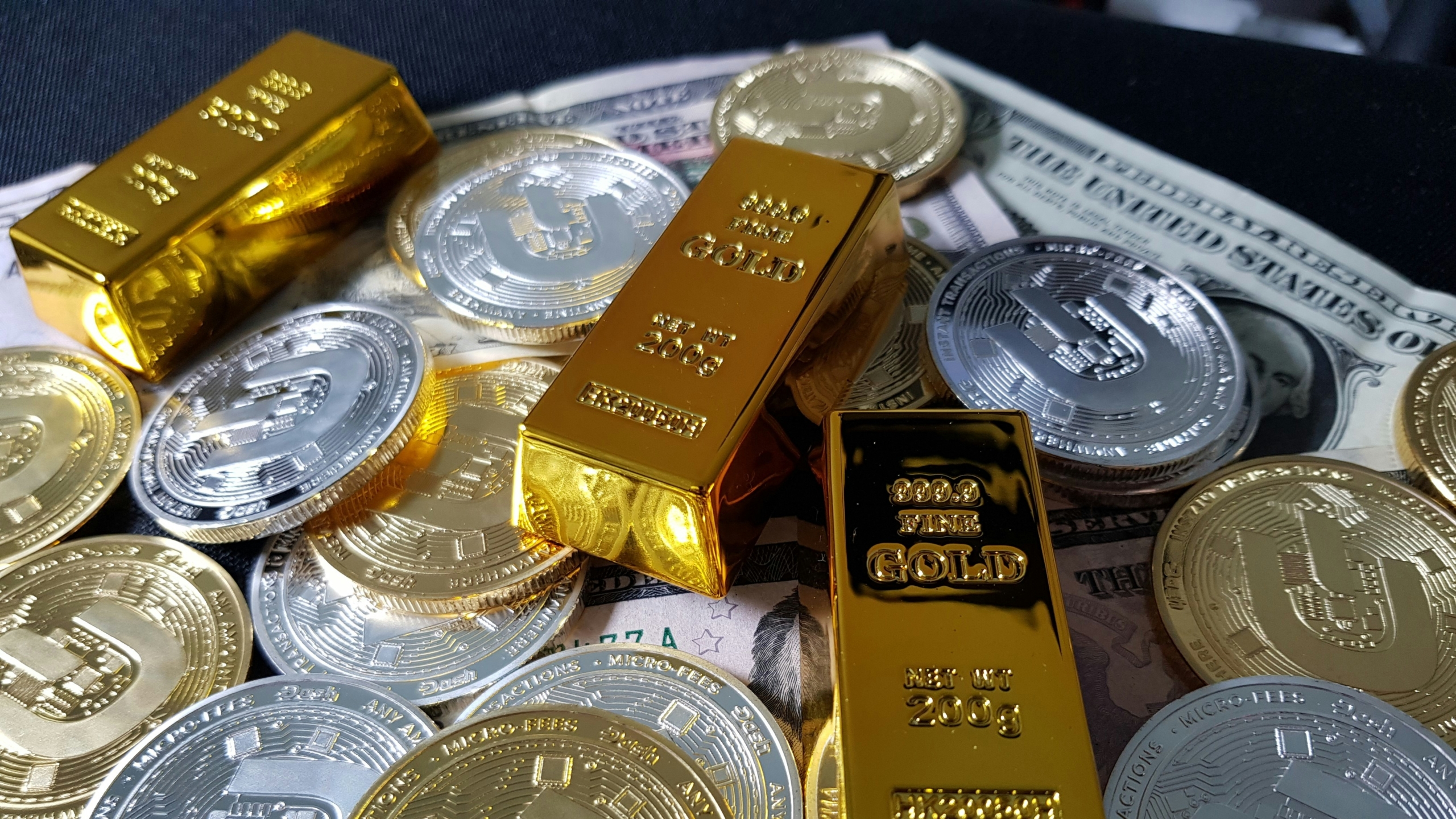Please note: This content is for educational purposes only and does not constitute financial advice.
You’ve done the sensible thing. You’ve looked past the hype and the TikTok trading tips, and you’ve read our first post: Why invest in gold?
You’ve established you’re the kind of investor who’s neither looking for drama nor chasing jackpot wins, but seeking to build a buffer and an investment which offers long-term calm.
Welcome back! If in theory gold seems like a good idea for you, how do you actually go about investing in it?
There’s more than one path to the golden gates, and in this post, we’ll walk you through the main routes – each with its own quirks, trade-offs and beginner-friendly tips.
Please remember that this is not financial advice – just a guide to help you feel a little more confident in your early days when stepping into the world of gold.
One precious metal, many different forms
Gold can be a tangible asset, a financial instrument and a symbol of security. It can be tucked into your safe, stored in a Swiss vault, tracked on your phone, or held in the performance of a company halfway across the world.
All these forms make choosing how to invest in it confusing, especially if you’re just getting started. So let’s take a look at the options, weigh up the pros and cons and explore who each one is best suited to.
Physical gold
Here we’re talking about the real deal. Tangible gold bullion. Bullion just means physical gold which usually presents itself as gold coins, bars (also known as ingots).
Pros:
- You own the asset outright
- No need to trust a platform or a third party
- Feels timeless, secure, tangible
Cons:
- Storage can be a hassle – whether that’s a home safe or a specialist vault
- You’ll need insurance for peace of mind
- Can be harder to offload quickly compared to digital or paper gold
Good for: The patient, the traditionalist, the “I want to hold what I own” type of investor. Someone who values stability over speed and doesn’t mind the practicalities which come with physical ownership.
Digital gold: for 21st-century gold trading
This is gold for the modern age which you buy online, often in small amounts, and it’s usually backed by real gold sitting in a secure vault somewhere – you won’t ever see it.
It’s a simple, flexible way to gain exposure to gold without the hassle of physical storage or big upfront costs. Put it this way, you don’t need a safe, a security system, or a suitcase full of cash.
Pros:
- Easy to access from your laptop or phone
- Lower barrier to entry – start small if you like
- Often backed by physical reserves
Cons:
- You’re trusting a platform, so make sure you do your research to find a good one
- Not all providers are transparent so make sure you read the small print
- Fees vary wildly
Good for: Anyone who wants to dip a toe into gold without diving in headfirst. Great if you like the idea of gold but not the logistics of lugging it around or locking it up.
Gold ETFs: investing in the idea of gold
Gold ETFs (Exchange-Traded Funds) track the price of gold, so you get exposure to its ups and downs but what you actually own is a slice of a fund, not a bar of bullion. Think of this as buying into the idea of gold, without ever touching the metal itself.
It’s an easy way to slot gold into your investment portfolio, especially if you’re already familiar with the stock market.
Pros:
- Easy liquidity – you can buy and sell easily and quickly like stocks
- No need to worry about vaults, safes, or storage fees
- Works well within broader investment portfolios
Cons:
- You don’t own gold, just exposure to its price
- Management fees apply
- Subject to market hours and trading rules
Good for: The spreadsheet-savvy investor who wants efficiency and flexibility, the portfolio planner, the “I want gold exposure, but make it efficient” investor.
Gold mining stocks: the wild card
Gold mining stocks are slightly different in that you’re buying into the companies which mine it – you’re not buying gold itself. As such you’re investing in the miners, the operators, the risk-takers and the companies which operate. When things go well, the rewards can be big but if they don’t…you’re in for some drama.
Pros:
Potential for bigger gains if the company performs
Often more affordable than direct gold purchases
A way to support the broader gold industry
Cons:
You’re exposed to company-specific risks such as management, costs and even politics
Stock performance doesn’t always follow the gold price
It’s definitely not the low-stress option
Good for: The risk-tolerant, stock-savvy investor who’s curious about the gold supply chain and isn’t afraid of a few plot twists along the way!
So… what’s best for beginners?
Honestly? It depends on your personality, your goals, your appetite for risk and how much time (and headspace) you want to give it.
If you like to keep things classic, coins or bullion might feel just right. If you want something quick, easy and app-friendly, digital gold could be more suited to you. If simplicity and liquidity top your list, ETFs might be the match. And if you’ve got a taste for risk and a curious mind? Gold mining stocks could be worth a (careful) look.
The truth is, there’s no one-size-fits-all answer here. It comes down to how you like to invest. Are you more “vault and safe” or more “tap and track”? Do you want to hold something real or just follow the price?
And remember, it’s really important to remind yourself that gold doesn’t have to be your whole strategy. For most people, it works best as part of a balanced portfolio.
A few golden rules
Before you get started, keep these principles in mind:
- Always use verified sellers or platforms. Scams exist, especially in physical and digital gold.
- Make sure you read the fine print. Fees, premiums, spreads and storage costs add up.
- Start slowly and build up, gold investment isn’t a race.
- Don’t let fear or hype steer your decisions. Keep your goals in mind and your strategy in focus.
In the next post in our Gold Investment for Beginners series, we’ll help you understand how gold prices are determined. From global events and inflation rates to interest rates and investor sentiment, we’ll break down the factors which influence the value of gold, so you can invest with a bit more confidence and a little less guesswork.
Before making any investment decisions, we always recommend speaking with a certified financial advisor to ensure gold fits within your long-term financial plan.








 In Stock
In Stock

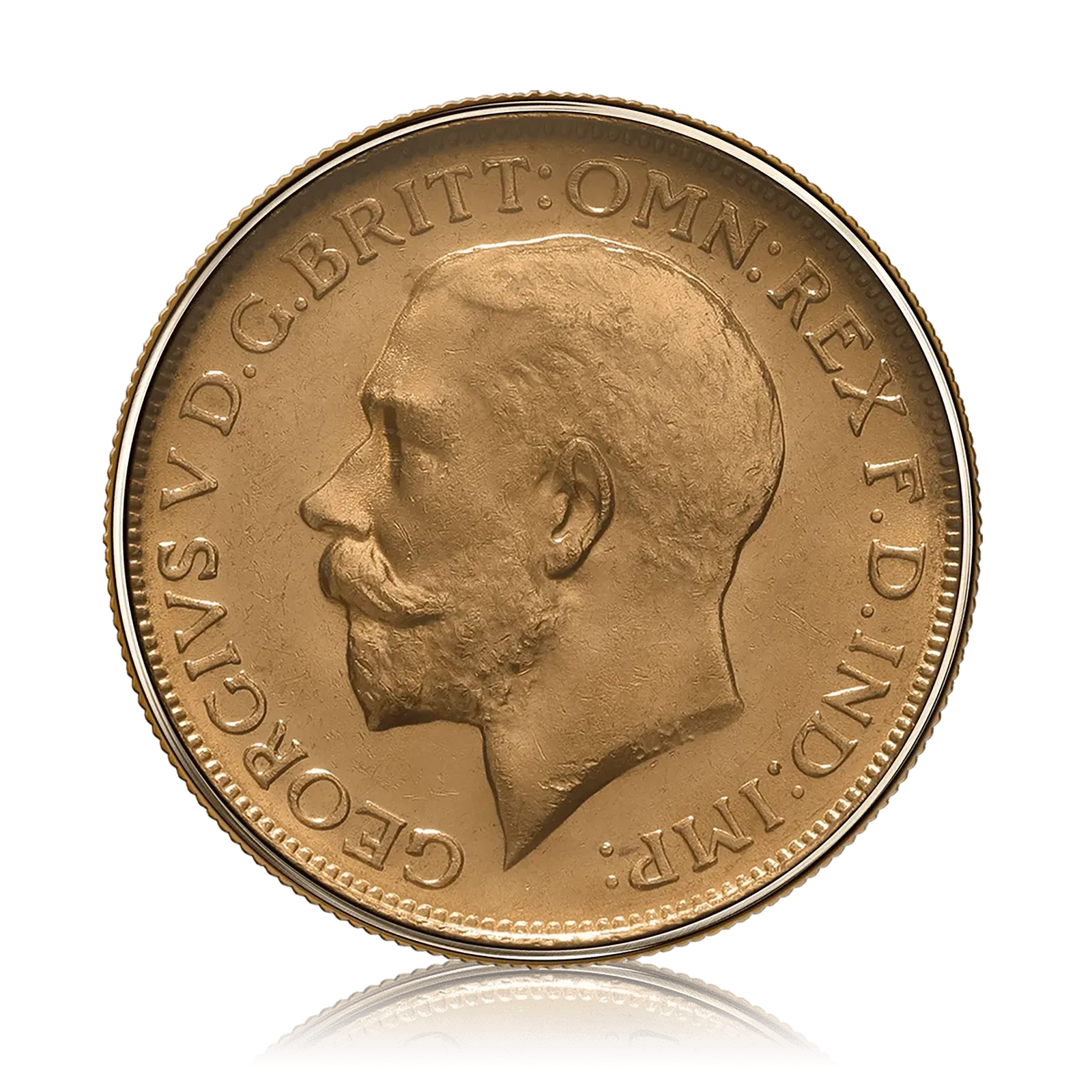

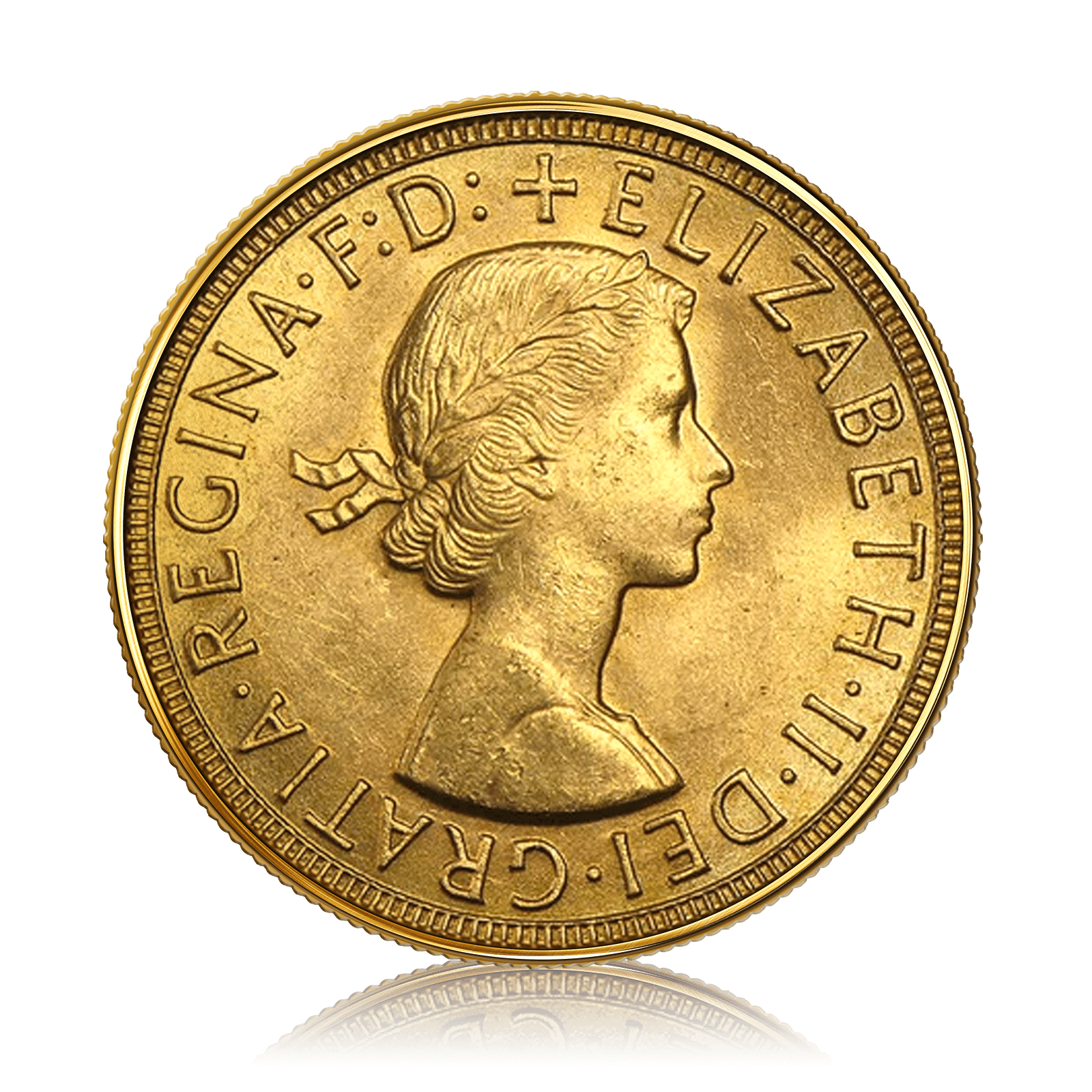
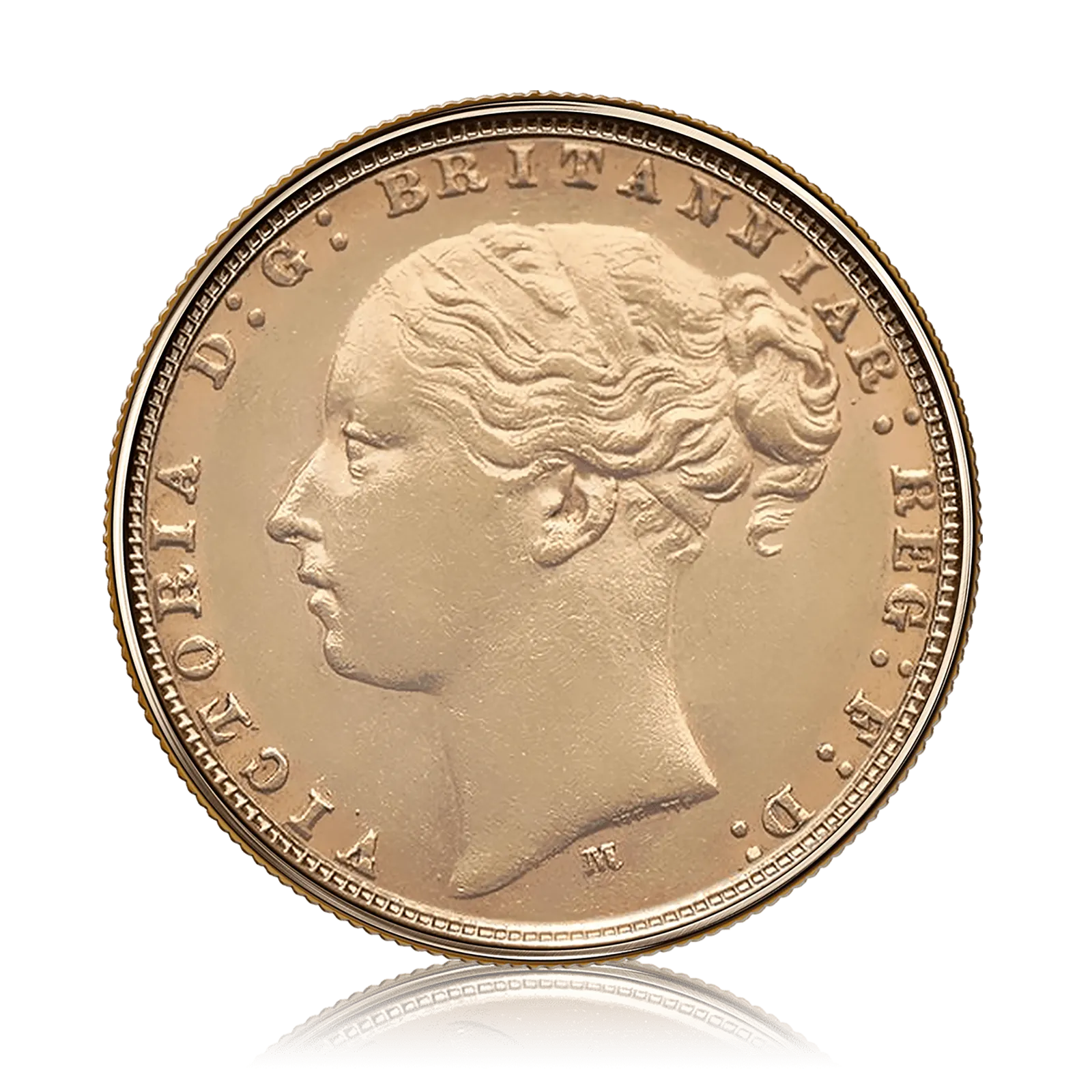
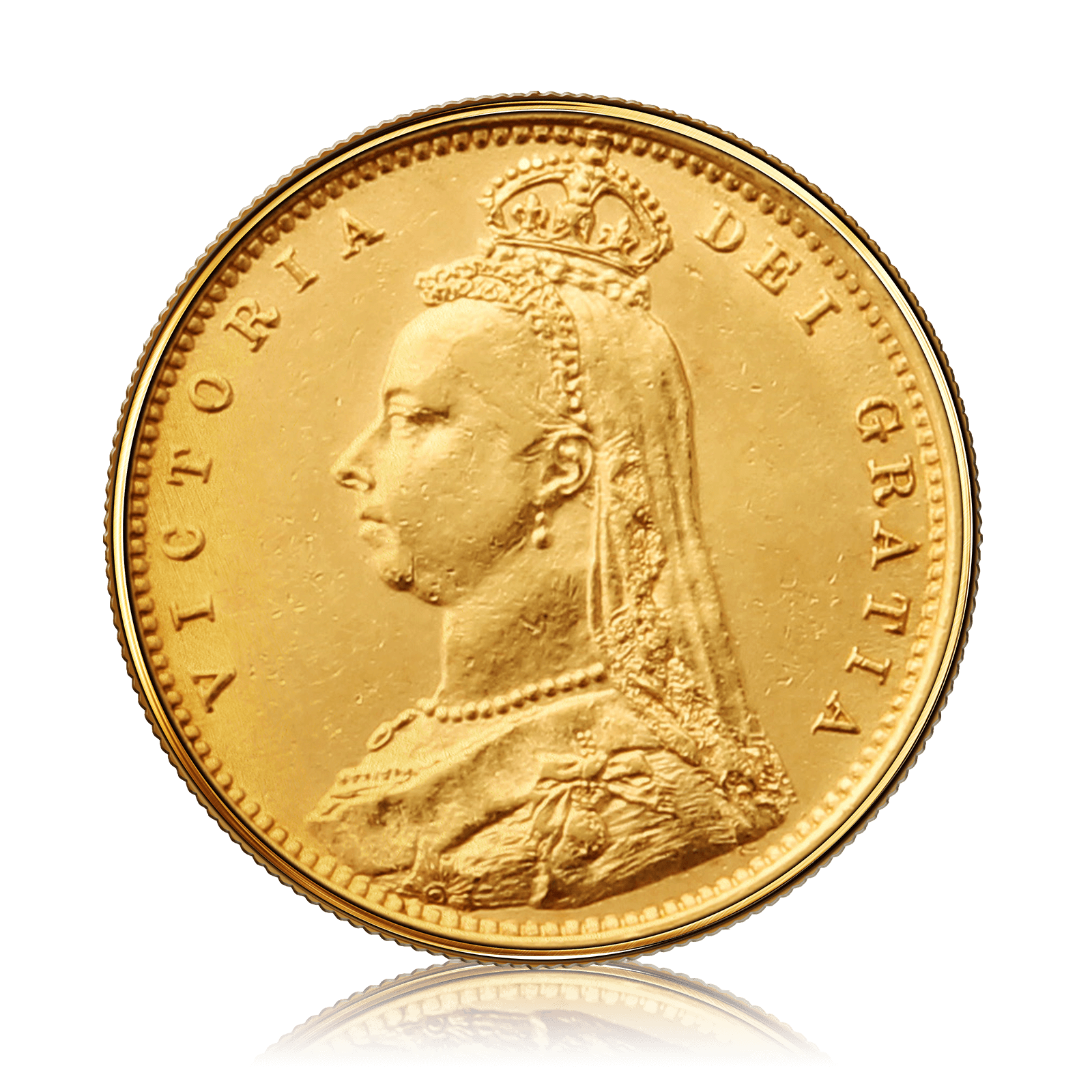
 Out Of Stock
Out Of Stock









